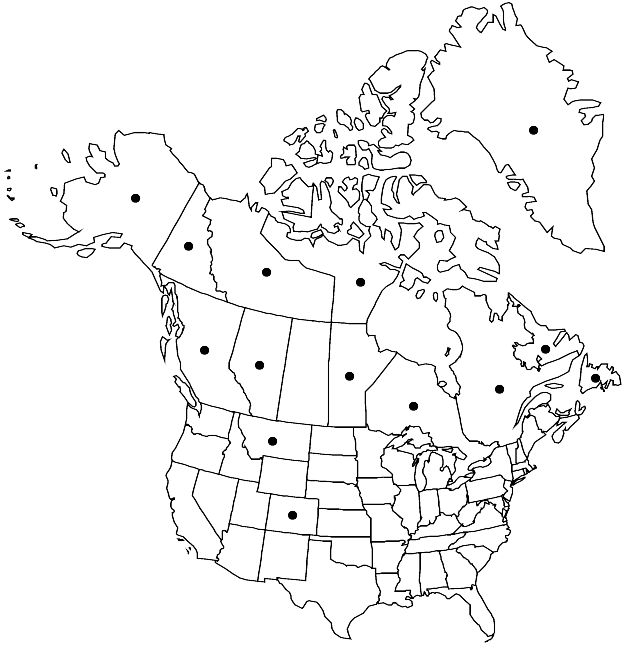Difference between revisions of "Orthothecium chryseum var. chryseum"
Treatment appears in FNA Volume 28. Treatment on page 555.
FNA>Volume Importer |
imported>Volume Importer |
||
| (2 intermediate revisions by 2 users not shown) | |||
| Line 42: | Line 42: | ||
|publication year= | |publication year= | ||
|special status= | |special status= | ||
| − | |source xml=https:// | + | |source xml=https://bitbucket.org/aafc-mbb/fna-data-curation/src/2e0870ddd59836b60bcf96646a41e87ea5a5943a/coarse_grained_fna_xml/V28/V28_864.xml |
|genus=Orthothecium | |genus=Orthothecium | ||
|species=Orthothecium chryseum | |species=Orthothecium chryseum | ||
Latest revision as of 21:38, 5 November 2020
Leaves concave.
Phenology: Capsules mature spring–early summer.
Habitat: Moist calcareous rock ledges, faces, crevices, in depressions, edges of streams, humus, seepage areas of talus slopes, ice wedge polygons, hummocks, dung, alpine and arctic tundra
Elevation: low to high elevations (0-3900 m)
Distribution

Greenland, Alta., B.C., Man., Nfld. and Labr., N.W.T., Nunavut, Ont., Que., Yukon, Alaska, Colo., Mont., n, c Europe, n Asia (Russia), Atlantic Islands (Iceland).
Discussion
Variety chryseum is characterized by robust stems 3 mm wide and over 4 cm long, and distinctly golden, plicate leaves with short-acuminate points. This variety is by far the most common Orthothecium in North America. Sporophytes are rarely produced.
Selected References
None.
Lower Taxa
None.
... more about "Orthothecium chryseum var. chryseum"
Moist calcareous rock ledges, faces, crevices, in depressions, edges of streams, humus, seepage areas of talus slopes, ice wedge polygons, hummocks, dung, alpine and arctic tundra +
in P. Bruch and W. P. Schimper, Bryol. Europ. +
1851 +
Illustrated +
Orthothecium chryseum var. chryseum +
Orthothecium chryseum +
variety +